Why do people abandon shopping carts?
For this million-dollar question, there is always an internal war between the marketing team to figure out the customer journey and why they abandon shopping carts. Can excel workbooks and CRMs help to figure the reasons?
In the last 10 years, there has been a revolutionary change in the e-commerce industry.
The online shopping market size is 4 trillion by 2020 and it is expected to double in the next 3 years. As the businesses grow, there will be issues on privacy and consent and things are changing as we speak. Apple has released its iOS’14 privacy update on 26th April that lets users have more power over how their data is used. With its privacy initiative, apple requires opt-in user permission to let apps track user data across applications. Users will have access to change the permission in device settings at any time.
As we’re already discussing privacy and consent, we should be addressing the elephant in the room and that’s, Google’s announcement on the plan of phasing out third-party cookies.
Also, there are new laws and regulations like GDPR, CCPA updates. And it is overwhelming to handle it all.
9 Reasons Why E-Commerce Needs CDP
From the world of acronyms, CDP stands for Customer Data Platform. But please do not mistake that it is a synonym for CRM, it is NOT. In the Covid times, retail businesses transition to ecommerce businesses has been accelerated like never before and the efforts to use the data in terms with privacy and personalisation holds the key to winning. To do that CDP is the one-stop destination which helps businesses
- Collect information from all the sources like website, CRM, ad platforms organizing them and create 360degree user profile to accuracy
- And segment the data on various combinations of the user events, action, demographic and other critical metrics to trigger relevant ads
- With the unified data, marketers can draw patterns with users previous actions to predict future action and personalise content for the segments created
- And finally, marketers can distribute personalized content across all marketing channels.
#Reason 1 – You say data, we say CDP
There is no question of which data and where to upload it. Say it CRM, website, email marketing, live chatting and ad platforms all of them you can bring it to the customer data platform without writing a single line of code. Usually, companies find it hard to combine all of them but with CDP it is a matter of a few clicks.
Like we’re already talking about data, we need to address the importance of first-party data as third-party data are on the verge of extinction.
First-party data are the purest, accurate, and most affordable data that a marketer can avail. In a few scenarios, marketers find that it kills the user experience collecting the user information. But, with the given situation, it is an effective strategy to collect the information from the user themselves by being clear and transparent on how their data is going to be used & how it will help business cater personalized experience to them.
#Reason 2 – 360 perfect picture of your customer – “DNA of your customer”
If we fail to understand why we have a loyal customer that buys blue denim only from us, if we fail to understand why items in wishlist has not moved to cart, then, we are losing the game.
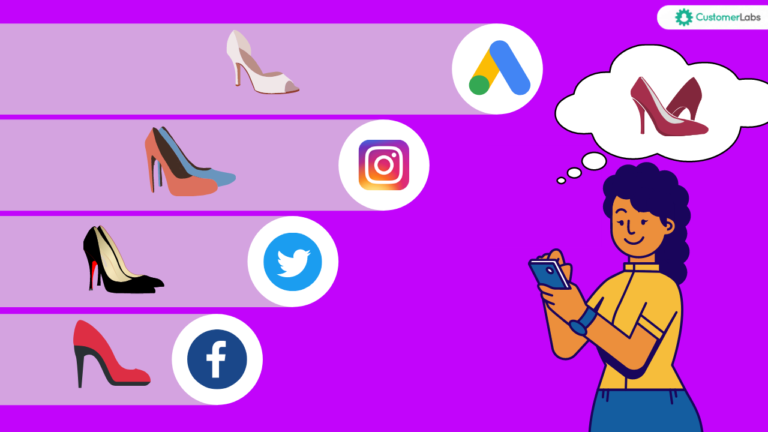
There is no point showing red shoes for somebody who is always browsing on blue-colored heels. Hence, a complete picture of a user helps us map the customer journey and strategically plan to promote the ideal product to the ideal customer at the ideal time.
#Reason 3 – Create segments – “Turn a penny into 100 different ways”
The future is for personalization. 80% of the customers are most likely to purchase from the brand who provides personalised user experiences according to Forbes 2020 report.
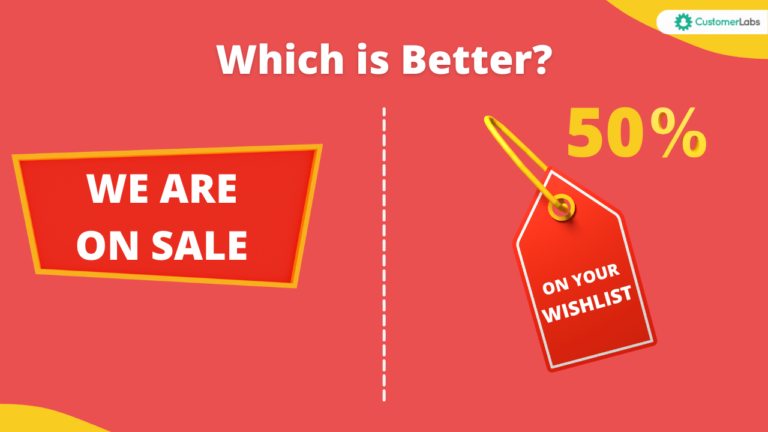
To provide a personalised user experience, the marketers should be equipped with the complete user data and have to segregate the users on various segments based on the funnel stage or demographics or trends and seasons or anything for that matter to trigger relevant ads which is the personalisation that the consumer is looking for.
# Reason 4 – Personalization through AI modeling – “You know it before your customer could think”
With the unified data from all the sources, marketers can draw patterns from the user’s past actions and predict future product recommendations which will act as a catalyst to deliver a super user experience and proceed with the next successful purchase using CDP’s AI modeling.

#Reason 5 – Unified marketing channels – “Data unification is the new oil”
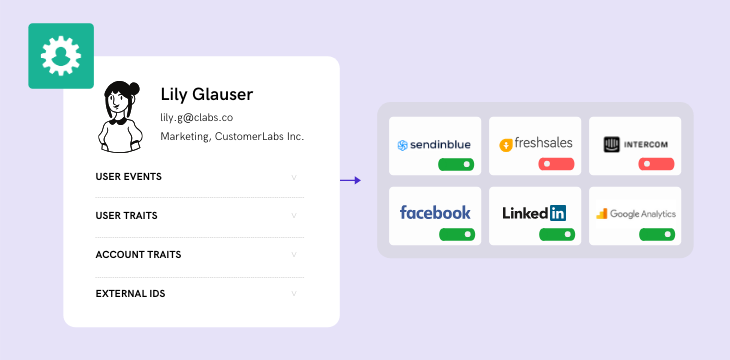
With unified data from the various marketing channels, marketers can set up relevant trigger actions to the segmented users and distribute on all the various destinations like Facebook, Linkedin, CRMs, Google Analytics and so on. You can also send data in real-time from the website to trigger ads or automation tools.
#Reason 6 – Generate reports – “Your progress card!”
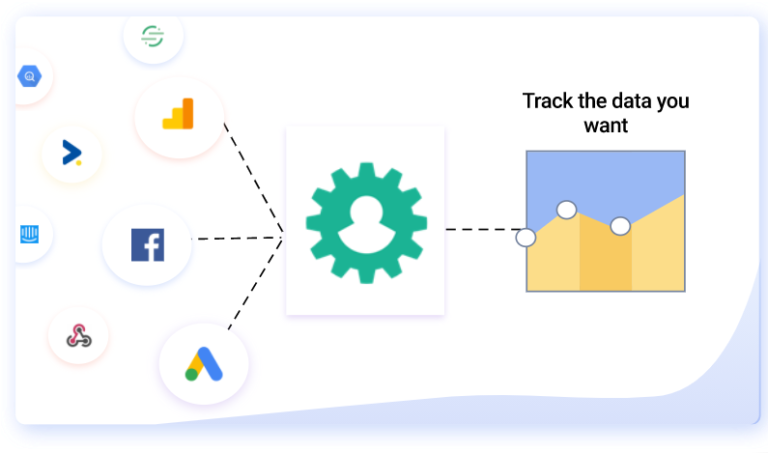
And you can also generate tailor-made reports with critical metrics that help make strategic decisions or the users progress on marketing funnel stages or ROAS reports to know where every penny is being spent so that you can optimise the campaigns in future.
#Reason 7 – Increase your revenue by 2x – “Be ready to see spike in your revenue”
What motivates your user? A personalised content of their favorite red suit on the wishlist or a pink water bottle?
What motivates your user? We’re on sale or Your red suit is on 33% flat offer. Grab them now.
The science behind revenue generation is:
- Creating brand awareness before the purchase makes them familiar with the brand and its products
- Motivating the user to purchase by showing relevant discounts and ads
- Recommending the products the users might like based on their performance using AI modeling.
These are CDPs basic features and benefits. When used right – you could see revenue double than usual.
# Reason 8 – Reasons for abandonment – “What happened at the black hole?”
One of the biggest challenges the marketers face is to figure out why items from the cart don’t move to purchase. There are multiple reasons for abandonment of carts. It can be issues like additional costs or too many steps to complete the checkout process.
On an average, 70% of the customers exit the page after adding the items on the cart. With the data collected, using CDP you can understand the pain points of the customer and understand what is stopping a customer to complete the purchase.
# Reason 9 – Server-Side Tracking – “You need Facebook Conversions API”
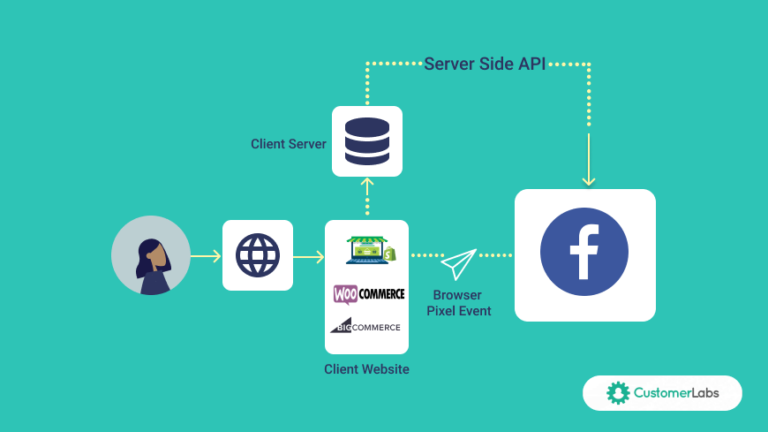
Facebook Conversion API (CAPI) primarily evolved from server-side API lets advertisers send web events from their servers to the Facebook server. CAPI data flows into Facebook and is treated just like pixel events allowing advertisers to measure, track and optimize their conversions.
A visitor enters into the browser and loads the website, the pixel fires an event at the browser level. Based on the visitors’ activity i.e., purchased, viewed pricing page, added to cart, subscribed, etc. the browser sends updates to Facebook and is passed down to Ads manager. This helps advertisers learn how many leads are generated, purchase made, added to cart, viewed pricing page, etc.
In Conversion API, a visitor enters into the website after clicking a Facebook ad. Now Facebook assigns a unique id for that user and tracks the visitor via the id. Whenever the visitor performs an action like added to cart, subscribe to a newsletter, etc., The server updates the action performed by the visitor and sends it to Facebook.
Right now, both browser and Conversion API sends data to Facebook. If both the events are received by Facebook, then it will deduplicate(exclude the additional event) the event and use the browser event alone.
Also, you could implement Facebook Conversions API for various e- commerce platforms like WooCommerce, BigCommerce, Shopify etc.


